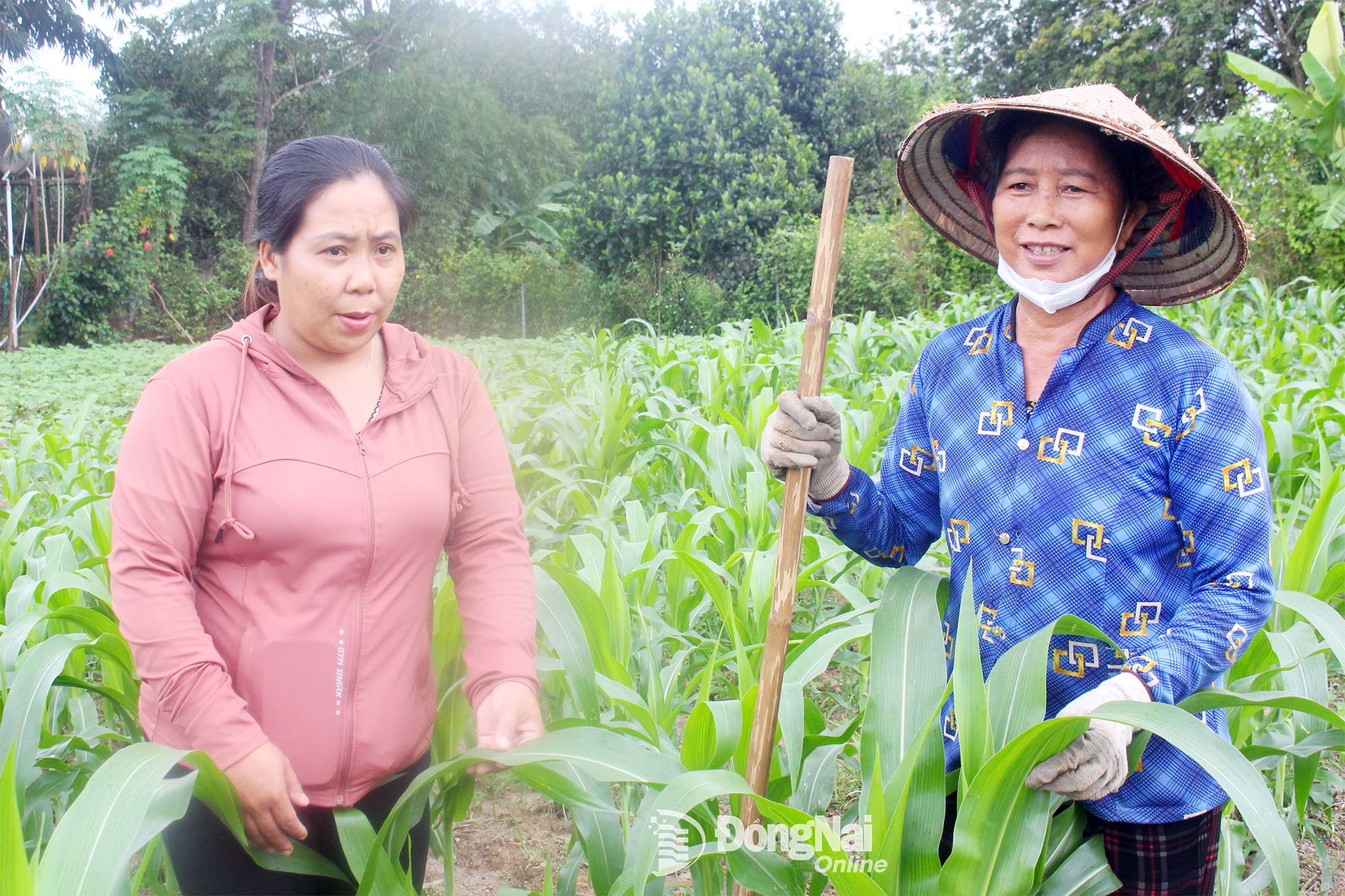 |
| People in Suoi Doi hamlet next to a lush corn field. Photo: D.Phu |
The image of children holding hands, the older ones carrying the younger ones across the dry stream to the private school in the years 1990-2000 now only remains in the memories of the local people.
Settling in a new land
Mr. Hoang Thin Pau (80 years old, Tay ethnic group, from Cao Bang province) - the person who brought Tay and Nung ethnic groups from many localities in Cao Bang and Quang Ninh provinces to establish hamlets and villages here said: "The residential hamlet of Team 5, Cau 2 hamlet, Dong Xoai commune, Dong Phu district, Song Be province, when it was first established in 1986, had 28 households. Later, our distant relatives, Tay and Nung ethnic groups, knew that this land could grow wet rice and upland rice without the need for fertilizers and pesticides but still grow well and give high yields, so they came here to live."
The Tay and Nung people have a strong sense of community, so those who arrive first have the responsibility to help those who arrive later, such as showing them where to reclaim land, building roofs, sharing water sources, seeds, food, etc. With a production method that still has a strong highland identity, in lowland areas people grow wet rice, in highland areas they sow upland rice, corn, beans, squash, pumpkins, melons and raise or let free-range chickens, ducks, pigs, buffaloes, and cows for food and draft power.
Being industrious and having good land, after only one crop of upland rice, potatoes, and beans, the Tay and Nung people here were self-sufficient in food. Their meals did not have to be mixed with corn, potatoes, or bamboo shoots, but consisted of white rice with foods such as: fish, shrimp, and natural crabs; and chickens and ducks at home. Children grew quickly, and young people gained strength to do heavy work.
Formation of private schools
In order for the children in the new place not to forget the letters they had learned and for the children who had never gone to school not to be illiterate, Mr. Hoang Thin Pau mobilized the Tay and Nung people in the village to clear a wild land with many weeds in the high hills, within a radius of 1km from the people's residence and production area to build a school. In just a few days, the simple private school with thatched roof, bamboo walls, and bamboo reeds echoed with the sounds of children spelling and doing calculations. Mr. Pau also called on households with children going to school to contribute 10-15kg of rice/household/year to support teachers in class.
From this private school, Mr. Pau and the parents of Tay and Nung ethnic groups proudly boasted: Every household in Suoi Doi hamlet has children studying at university, college, and vocational school. Many teachers were later officially appointed by the education sector to continue their work of "sowing knowledge".
Teacher Nong Thi Nhoi (Tay ethnic group, living in Suoi Doi hamlet) recounted: She was one of seven volunteer teachers teaching children in the hamlet from 1990 to 2000. Before signing a contract and being recruited as an official teacher, Ms. Nhoi and other teachers had to go to Mr. Hoang Thin Pau's house every month to receive rice contributed by parents. Even though they only received a few dozen kilograms of rice for each month of teaching, the teachers were still happy to stay at the school to teach children in the hamlet.
Since 2000, the local government has paid attention to investing in bridges and culverts for shallow and deep streams that once hindered the travel of Tay and Nung people in Suoi Doi hamlet. Tay and Nung people in Suoi Doi hamlet have been using the electricity grid invested by the State for lighting and production purposes. This is also the period when the people created a strong economic momentum by taking advantage of the canal system invested by the State to grow rice 3 crops/year, and switching to growing rubber, coffee, fruit trees... in the highlands.
Suoi Doi Hamlet, Dong Tam Commune, Dong Nai Province has an area of 500 hectares, with 360 households living there, of which Tay and Nung people account for 90%. Thanks to diligence and sensitivity in converting crops and livestock, 100% of Tay and Nung people here have a well-off economic life and comfortable housing.
A prosperous life
The change in thinking and farming practices of the Tay and Nung people in Suoi Doi hamlet quickly harmonized with local and central programs and policies supporting and assisting such as: farming techniques, loan sources, granting of land use right certificates, roads, irrigation systems, etc. Rice fields gradually narrowed to make way for rubber trees, fruit trees, and crops with much higher productivity and economic value.
Mr. Nong Van Dong, Head of Suoi Doi Hamlet, Dong Tam Commune, said: After settling here, no one from the Tay and Nung ethnic groups is hungry or poor anymore. Although they lacked material things at first, thanks to diligence, supporting each other in production labor, and then working in companies, every household now has a stable life. Notably, the Tay and Nung ethnic groups who chose Suoi Doi Hamlet to settle down did not sell their land and leave for other places, but instead had the habit of saving money to buy more land for production or business.
Secretary of Suoi Doi Hamlet Party Cell Dang Van Truyen said: “The Tay and Nung hamlets now no longer have makeshift houses or muddy, slippery roads that are difficult to travel on. Everything is like a painted picture with asphalt concrete roads, spacious houses, and lush green gardens.”
Many Tay and Nung ethnic children go to university, college, learn a trade, work far away, many stay in their hometown to work as teachers, soldiers, police, commune and provincial officials... This is what we are proud of in educating the young generation about the love of learning and overcoming difficulties.
Secretary of Suoi Doi Hamlet Party Cell, Dong Tam Commune DANG VAN TRUYEN
Doan Phu
Source: https://baodongnai.com.vn/xa-hoi/202510/buc-tranh-tuoi-sang-o-ap-suoi-doi-17f00f3/


![[Photo] Unique Phu Gia horse hat weaving craft](https://vphoto.vietnam.vn/thumb/1200x675/vietnam/resource/IMAGE/2025/10/10/1760084018320_ndo_br_01-jpg.webp)

![[Photo] Opening of the World Cultural Festival in Hanoi](https://vphoto.vietnam.vn/thumb/1200x675/vietnam/resource/IMAGE/2025/10/10/1760113426728_ndo_br_lehoi-khaimac-jpg.webp)

![[Photo] Ho Chi Minh City is brilliant with flags and flowers on the eve of the 1st Party Congress, term 2025-2030](https://vphoto.vietnam.vn/thumb/1200x675/vietnam/resource/IMAGE/2025/10/10/1760102923219_ndo_br_thiet-ke-chua-co-ten-43-png.webp)





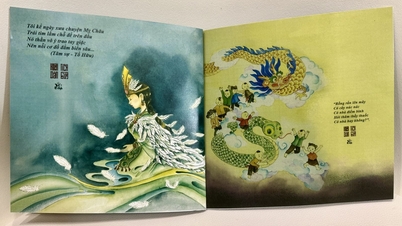
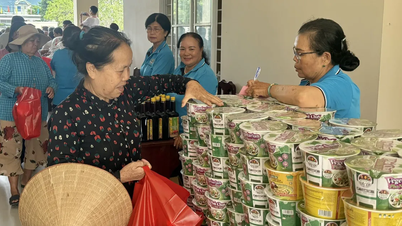



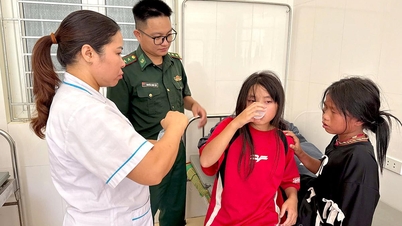








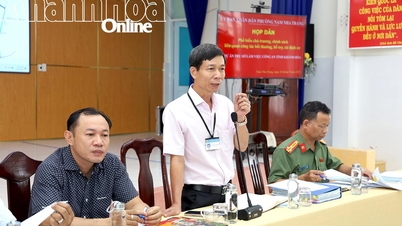








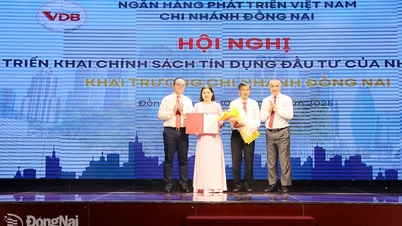






















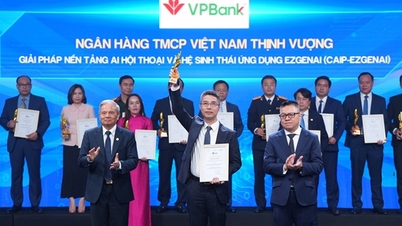













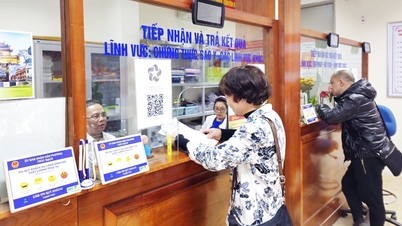





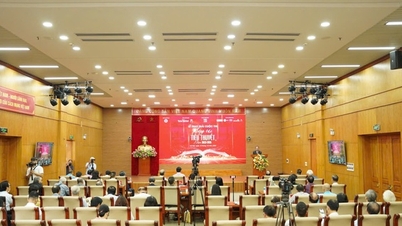
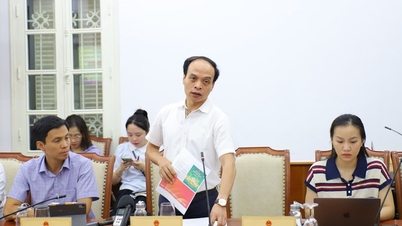





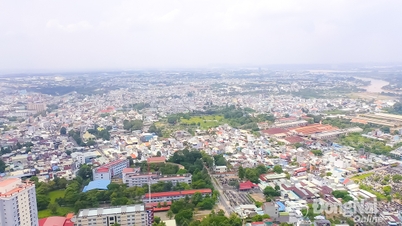
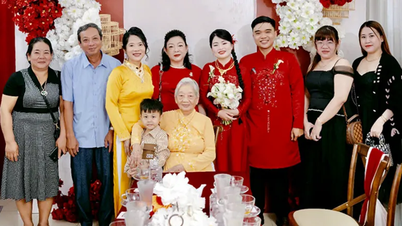

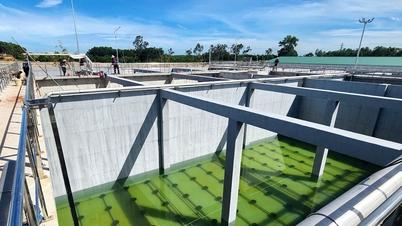
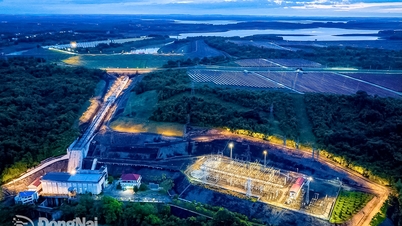
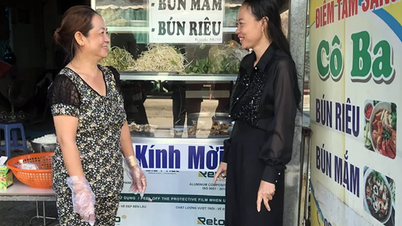
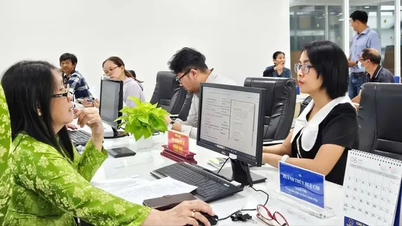













Comment (0)